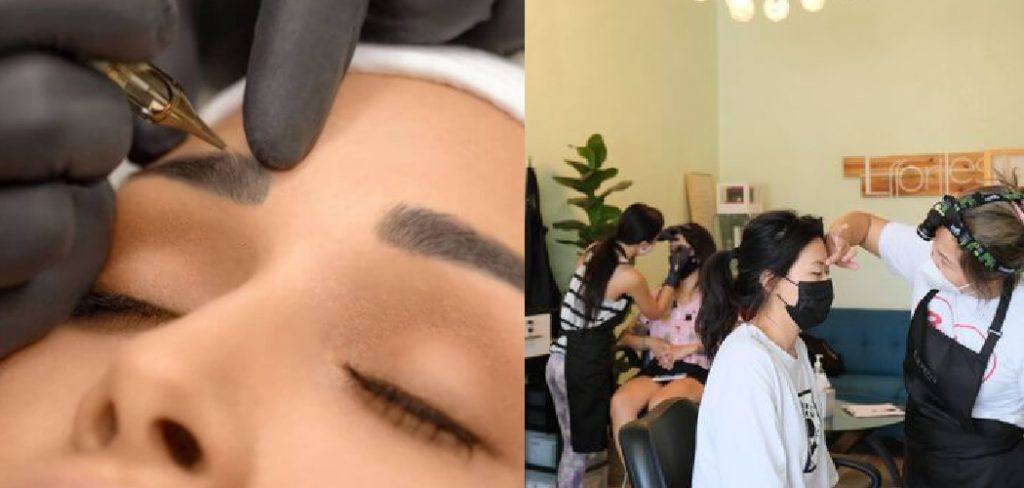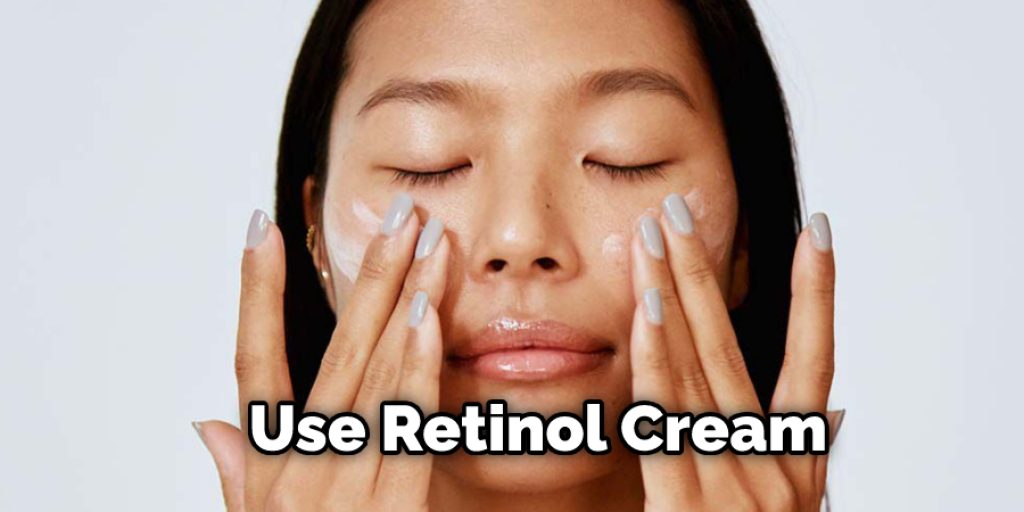How to Fade Permanent Makeup
If you consider getting permanent makeup, this blog post is for you. We’ll go over what to look for in a professional artist, the process of getting your makeup done, and how to maintain it afterward. Many factors play into deciding whether or not permanent makeup is right for you.

Factors such as if you have any diseases that might affect the outcome of the procedure, other reasons why applying cosmetics on yourself would be difficult or painful, etc. Sometimes, however, it starts to fade away. So if you are looking for ways on how to fade permanent makeup then this blog post has you covered! We have listed all of our best tips and tricks for fading permanent makeup, so read on!
10 Ways on How to Fade Permanent Makeup
1. Glycolic Peel for Face
One of the most popular ways is to use glycolic acid peels. These are available for purchase at your local drug store or online. You can also seek out a licensed aesthetician to have it done professionally. The glycolic acid treatment will help remove layers of dead skin cells, revealing healthy new skin beneath, allowing the excess pigment to fade.
2. Laser Removal
Another popular method for fading permanent makeup is laser removal. This involves using a laser to target the pigment and break it down so that the body can absorb it and flush it away over time. Various types of lasers can be used depending on the color and type of ink being used. However, the laser method tends to be very expensive.
3. Exfoliation
Exfoliating the skin will remove layers of dead cells and reveal newer, healthier cells beneath, giving a fading effect over time. A loofah or a gentle scrub brush used in a circular motion can be helpful for this purpose.
4. Retinol for Face
Another option is to use retinol cream, which can be purchased over the counter at your local drug store. Apply this every night before you go to bed and wash it off in the morning. Retinol creams help speed up cell turnover on your face, which will remove layers of dead skin cells and reveal newer, healthier cells beneath.

5. Sunscreen
Sunscreen is a must when trying to fade permanent makeup. The sun will only further darken the pigment and make it harder to fade. Choose a sunscreen with an SPF of 30 or higher and apply it every day, regardless of the weather.
6. Chemical Peel
Another option for fading permanent makeup is to try a chemical peel. This can be done at home with a kit that you purchase online or at your local drug store, or you can go to a licensed aesthetician to have it done professionally. A chemical peel uses acid to remove the top layer of skin, revealing newer, healthier cells.
7. Sunless Tanner
If you are trying to fade a dark tattoo, using a sunless tanner can be helpful. Sunless tanners contain ingredients that will help lighten the pigment over time. Please choose a product labeled as being for dark skin tones and apply it once or twice a week.
8. Bleaching Creams
There are a variety of bleaching creams on the market that can be used to fade permanent makeup. Please choose a product designed to lighten dark spots and apply it according to the instructions on the label.
9. Homemade Remedies
Several homemade remedies can be used to fade permanent makeup. One popular treatment is to use lemon juice. Apply fresh lemon juice to the area and leave it on for 10-15 minutes. Then, rinse with cool water and pat dry.
Do this 2-3 times a day until you see results. Another option is to use baking soda. Mix baking soda with water to form a paste and apply it to the affected area. Leave it on for 10-15 minutes and rinse with cool water.
10. Visiting a Dermatologist
If you are having difficulty fading your permanent makeup, you may want to visit a dermatologist. A dermatologist can help you determine the best method for fading your permanent makeup based on examining the skin and a review of your medical history.
Some Tips and Suggestions
1. It is essential to avoid using any harsh chemicals or scrubs on the area around your permanent makeup. This can cause the pigment to fade more quickly.
2. Be gentle when washing the area around your permanent makeup. Gently pat it dry with a soft cloth instead of rubbing it.
3. Apply a natural oil, such as coconut oil, to the area around your permanent makeup a few times a day.

4. Avoid sun exposure as much as possible. The sun can cause the pigment to fade more quickly.
5. If you are using any topical acne medications, be sure to avoid the area around your permanent makeup. These medications can also cause the pigment to fade more quickly.
6. Consult with your permanent makeup artist about the best way to fade your permanent makeup. They may have other tips and suggestions that can help.
7. Use makeup to cover up the fading pigment. Make sure it matches the skin tone around your permanent makeup as closely as possible to help it look natural.
Conclusion
Whether you’re a professional makeup artist or an everyday wearer, the process of removing permanent makeup can be daunting. So here are some tips to help you fade your tattooed eyebrows and eyeliner in time for that big date! To start with, it’s best to avoid scrubbing at your skin as this could irritate it and cause more inflammation which will slow down fading.
To remove pigment from the area around your eyes, use a cotton ball soaked in witch hazel twice daily. For stubborn color on larger lips or cheeks, try using hydrogen peroxide diluted with water every few hours until most of the color is gone before moving onto another product like rubbing alcohol mixed with olive oil.
We hope this blog post on how to fade permanent makeup has been helpful. If you have any questions feel free to comment below!




